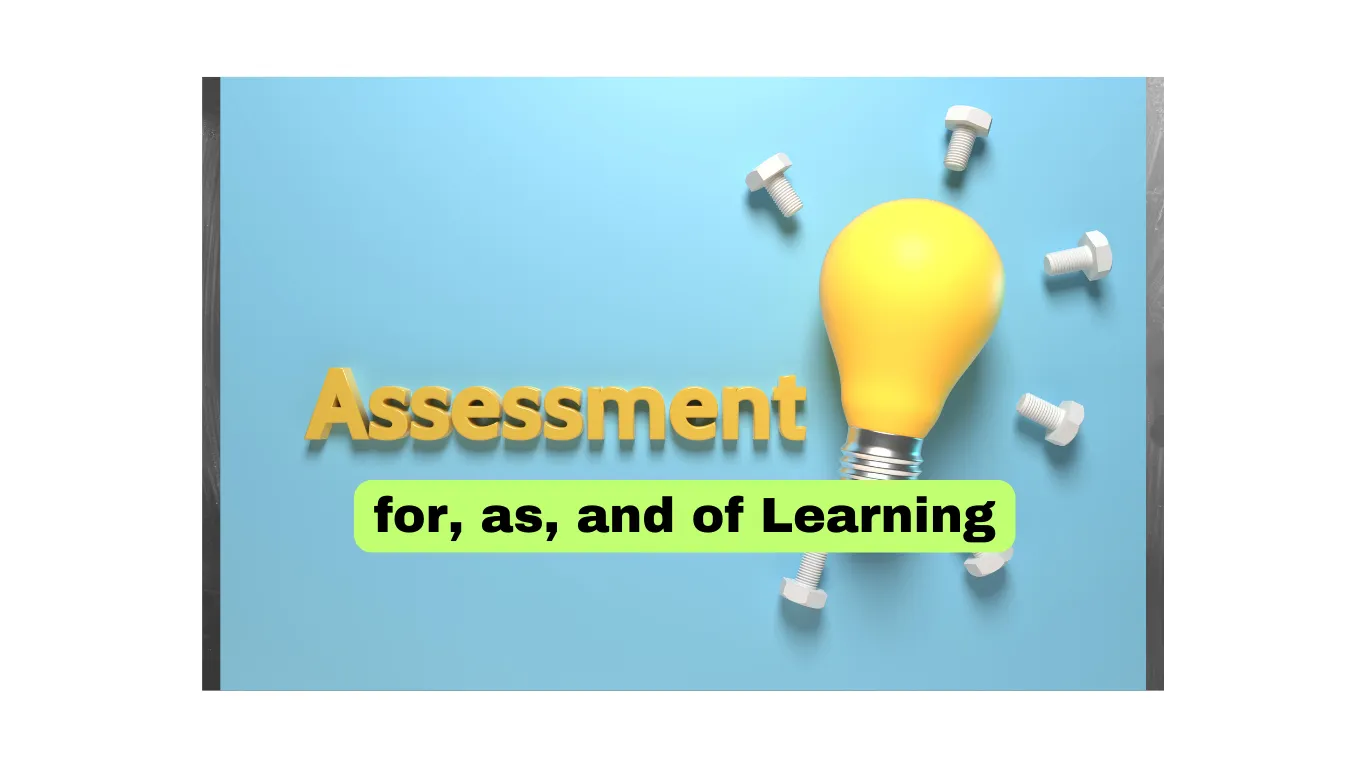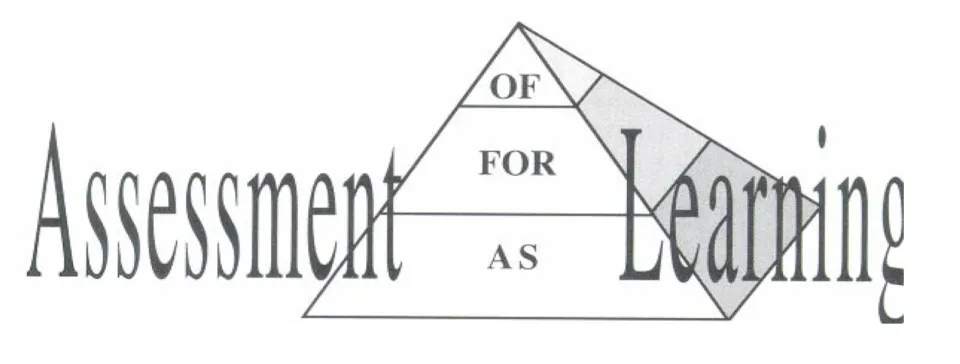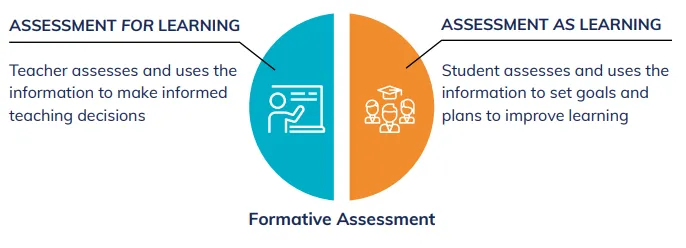Tenrycolle.com
What better to do than, share your English knowledge with other people
Tenrycolle.com
What better to do than, share your English knowledge with other people
What better to do than, share your English knowledge with other people
What better to do than, share your English knowledge with other people

Assessment is not just a means of measuring knowledge but a dynamic process that influences how individuals acquire, demonstrate, and apply their understanding of a subject. In this blog post, we will delve into the intriguing world of assessment, exploring the three essential facets: assessment for learning, assessment as learning, and assessment of learning.

The reconfigured assessment pyramid represents a different perspective on assessment and its purposes. There are three types of assessment – Assessment for Learning (AfL), Assessment of Learning (AoL), and Assessment as Learning (AaL).
This reconfigured assessment pyramid emphasizes student involvement and self-regulation of learning, with the assessment as a learning component serving as the foundation. It acknowledges that students play an active role in their educational journey and that assessment should support their growth and development.
It is typically classified as an alternative or authentic assessment used to provide ongoing descriptive feedback to the students to enhance learning. It also could encourage students to engage in self-reflection to understand their abilities and foster a deeper awareness of their learning processes.
Seeing the roles of formative assessment above, formative assessment can be used for two purposes: assessment for learning and assessment as learning.
Read also: Definition & Types of Authentic Assessment It is designed to support the learning process as it happens. Its primary purpose is to gather information about students’ current understanding and progress to provide feedback that can be used to improve learning outcomes. AfL is not about assigning grades but rather about enhancing learning.
Feedback for learning Sadler (1989) asserts that the feedback about the student’s efforts in learning has three elements- the desired goal, the evidence about their present position, and some understanding of a way to close the gap between the two.
The teacher should focus feedback on tasks and the learning strategies used by students; the teacher should use descriptive feedback that gives details of why answers are correct or wrong; the teacher should also consider the public/private and oral/written dimensions of feedback and how feedback could be tailored to individuals.
Bell and Cowie (1999) also stress that feedback is essential to formative assessment interaction (Clarke, 1995; Sadler, 1989, cited by Bell and Cowie, 1999).
This approach involves students – not teachers – monitoring and gathering information about their learning through self and/or peer assessments to help understand how they are progressing in their learning and what, if anything, they can do to improve.
Black and Wiliam (1998) state that the link of formative assessment to self-assessment is not an accident but is inevitable. McCallum (2000) claims regular students’ self-assessment is important to formative assessment.
“For formative assessment to be productive, pupils should be trained in self-assessment so that they can understand the main purposes of their learning and thereby grasp what they need to do to achieve” (Black & Wiliam, 1998, p. 141). Thus, self-assessment should involve reflecting on students’ learning strategies and analyzing students’ work.
Both assessment for learning and assessment as learning gather evidence of learning to understand how students progress and the next steps in their learning. The difference between these two types of formative assessment is who the assessor is, who uses the information, and for what purposes.

This assessment should be used at the end of a learning period (e.g., unit, term, semester) to gather evidence of student learning achievement. It is also known as the assessment of learning. This approach aims to measure or evaluate the degree of success a student has demonstrated with their learning. This information is commonly used for grading and reporting unless otherwise mandated by jurisdictional policies.
The following assessment OF/FOR/AS learning table is a compilation of a wide variety of resources that goes further than simple definitions (Chappuis et al., 2012; Fenwick & Parsons, 2009; McNamee & Chen, 2005; Rowe, 2012; Schraw, 2001; Sparks, 1999):
| Assessment | Of Learning | For Learning | As Learning |
| Type | Summative | Formative | Formative |
| What | Teachers determine the progress or application of knowledge or skills against a standard. | Teachers check progress and learning to help learners to determine how to improve. | The learner takes responsibility for their learning, asks questions about their learning and the learning process, and explores how to improve. |
| Who | Teacher | Teacher | Learner & Peers |
| How | Formal assessments collect evidence of student progress and may be used for achievement grading on grades. | Involves formal and informal assessment activities as part of learning and to inform the planning of future learning. | Learners use formal and informal feedback and self-assessment to help them understand the next steps in learning. |
| When | Periodic report | Ongoing feedback | Continual reflection |
| Why | Ranking and reporting | Improve learning | Deeper learning and learning how to learn |
| Emphasis | Scoring, grades, and competition | Feedback, support, and collaboration | Collaboration, reflection, and self-evaluation |